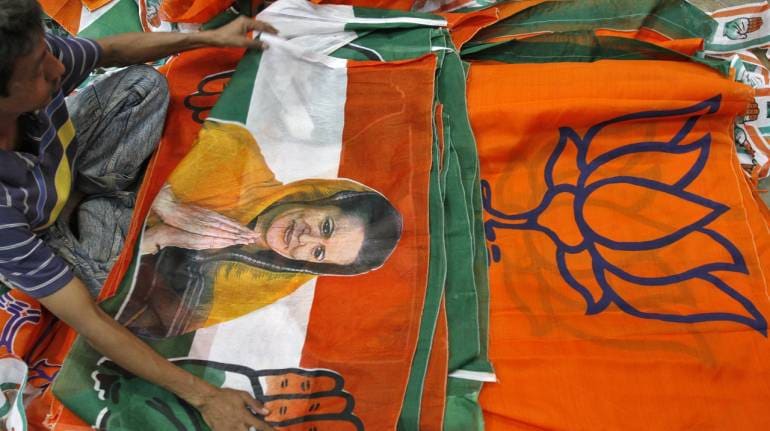On February 1, Finance Minister Nirmala Sitharaman presented a futuristic budget focussing on reviving growth during the challenging times of COVID-19. The priority of the Narendra Modi government is long-term sustainable growth through capital expenditure and structural reforms, rather than short-term fixes to an ailing economy.
The industry captains and markets have cheered the Budget announcements with the Sensex closing 5 percent up on February 1 and by 2.4 percent on February 2 even surpassing the critical 50,000 mark.
The Budget relies on big government spending to come out of the economic crisis with the fiscal deficit expected to touch 9.5 percent in FY20-21.
There are three levers of growth: consumption, investment, and government expenditure. Private consumption is down due to low incomes, job losses and reduction in pay.
Private investments have not picked up due to due to low demand. The current capacity utilisation of the industry is 75-80 percent only.
The capital expenditure for FY 21-22 is budgeted to increase by 35 percent. The creation of long-term assets and new infrastructure will lead to job creation, kicking in a multiplier effect, which, in turn, will boost consumption and private investments.
The Prime Minister hailed the Budget saying it has the vision of ‘Aatmanirbharta’ (self-reliance) and addresses all sections of the society. The Chief Ministers of BJP-ruled states made a beeline praising the Budget.
The opposition parties, on the other hand, severely criticised the Budget. Congress leader Rahul Gandhi tweeted his disapproval of the Budget and alluded to it being a means of furthering what he feels will help crony capitalism.
Congress leader and former Finance Minister P Chidambaram attacked Sitharaman for paying little attention to the poor, working class, migrants and agricultural labourers. He termed the Budget a ‘cruel blow’ to federalism, because the states do not get a share from the cess introduced on fuel.
The Trinamool Congress, which is facing a serious threat from BJP in West Bengal in the upcoming elections, termed India’s first paperless budget as a 100 percent visionless budget whose theme is “Sell India”.
CPI (M) General Secretary Sitaram Yechury said, “This Budget is not for the common people but for big industrialists. This Budget will help those who seek to make profit.”
The communist parties have been opposing market reforms and privatisation when the world has been slowly moving towards a global economic system.
The context in which the Budget was presented has been ignored by many opposition leaders. Tax collections are down 18 percent this year due to the lockdown, while expenditure has increased by 13 percent.
During challenges around revenue realisation, markets were expecting a COVID-19 cess on income. The minister didn’t fall prey to these demands which could have dampened sentiments. This point is not being appreciated by the Opposition.
Many leaders, including Shiv Sena leader and Maharashtra Chief Minister Uddhav Thackeray criticised Sitharaman for paying special attention to election-bound states. The Budget proposes large capital outlays for Kerala, Tamil Nadu, West Bengal and Assam, which face elections in Q2 2021.
However, such measures have been adopted by the Congress and United Front governments in the past. These are mere proposals for infrastructure creation and the actual expenditure will happen over the next several years only after the schemes are approved. Almost nothing is likely to be spent by April-May, which could majorly influence the voting pattern in these states.
According to Choi Young-il, a political commentator and adjunct professor at Kyung Hee Cyber University, there are three points to be a successful Opposition. The first is criticising the government’s shortcomings. The second is providing an alternative to it, and the third is co-operating with the government when it is doing a good job.
Many opposition leaders had criticised the Rs 20 lakh-crore package announced last year for offering little through budgetary allocation. A fiscal deficit of 9.5 percent versus 3.5 percent budgeted for FY 20-21 negates this criticism, the additional 6 percent coming through higher spending.
Clearly opposition parties in India are failing in their duty and hence not being able to engage in constructive criticism of the government. Budget 2021, which sets clear goal paths, proves this point again.

